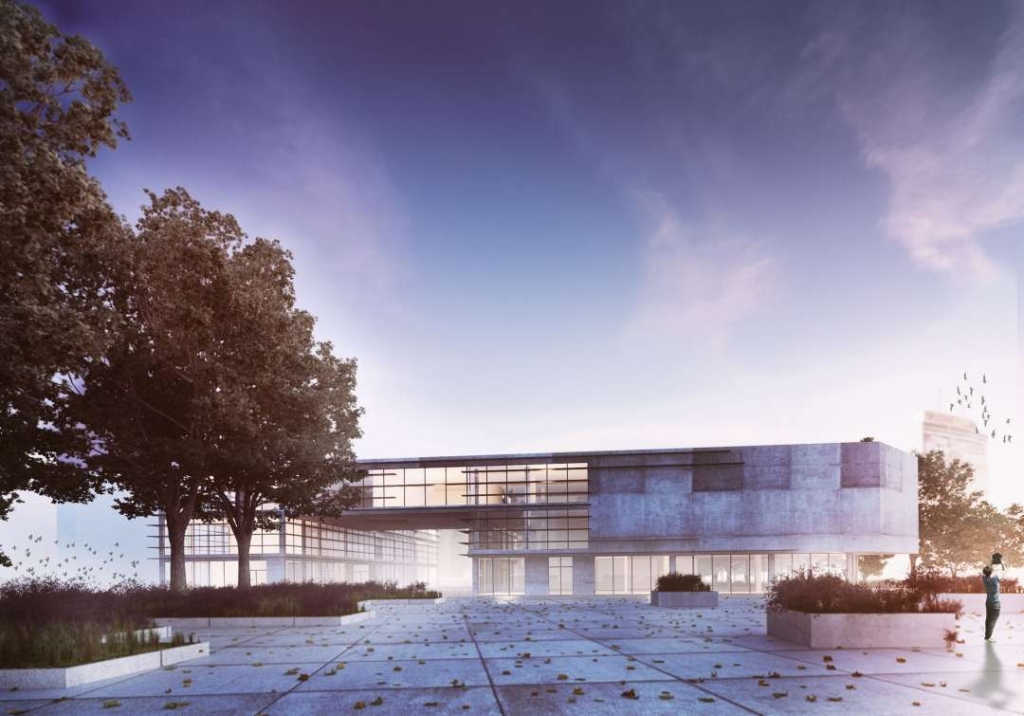3D visualization has revolutionized the way architects, designers, and clients communicate and understand architectural projects. It allows for a more accurate and realistic representation of the proposed design, enabling all stakeholders to make informed decisions and avoid costly mistakes.
One of the key advantages of 3D architect visualization (also known as ‘3d arkitekt visualisering’ in the Danish Language) is that it enhances communication and collaboration between architects, designers, and clients. Traditional 2D drawings and blueprints can be difficult for non-professionals to understand, leading to misinterpretations and misunderstandings. By creating 3D visualizations, architects can effectively communicate their design intent, allowing clients and other stakeholders to visualize the end result.

Another significant advantage of 3D architect visualization is that it helps avoid costly mistakes during the design and construction process. By visualizing the design in 3D, architects can identify potential issues and conflicts before construction begins. This allows for early problem-solving and modifications, reducing the likelihood of rework and delays.
3D architect visualization offers a realistic and immersive experience that goes beyond what traditional drawings and models can achieve. With advanced rendering techniques, designers can create highly detailed and lifelike visualizations that accurately represent materials, textures, and lighting conditions. This allows clients to truly understand the look and feel of the proposed design.
In addition to its practical benefits, 3D architect visualization is also a powerful marketing and presentation tool. Visual representations are more engaging and memorable than technical drawings, making it easier for architects and designers to communicate their ideas to potential clients and investors.
The field of 3D architect visualization is constantly evolving, driven by advancements in technology and software. Virtual reality (VR) and augmented reality (AR) are becoming increasingly popular in the architecture and design industry, providing even more immersive and interactive experiences.
